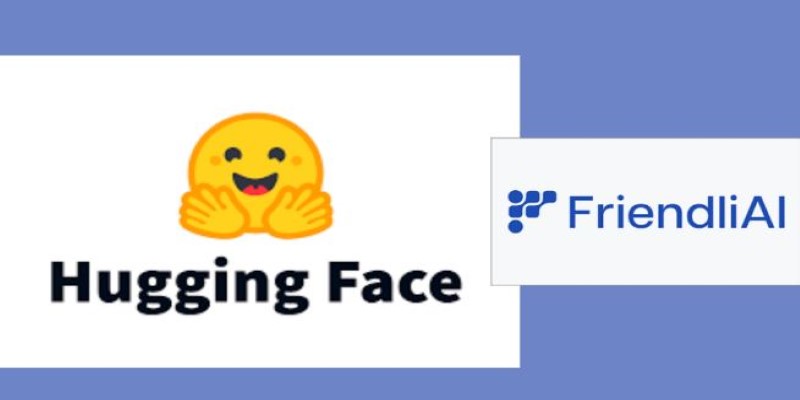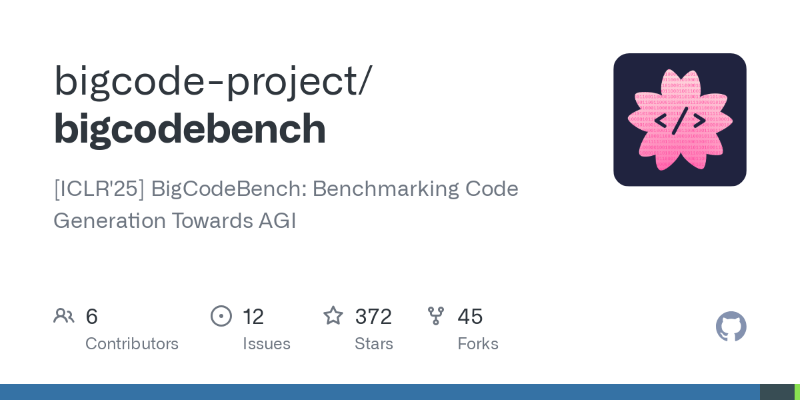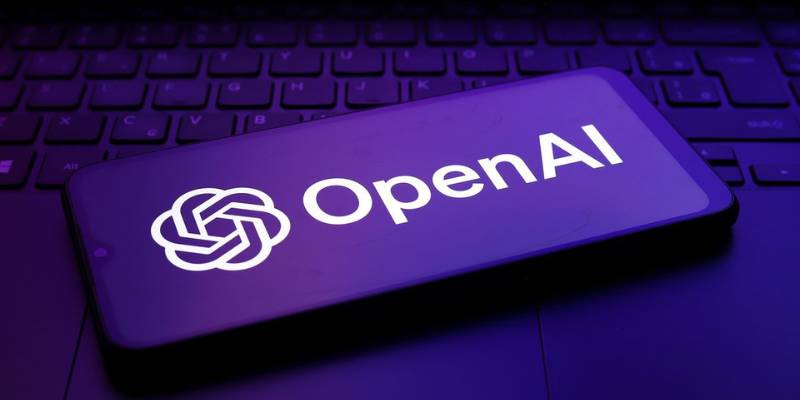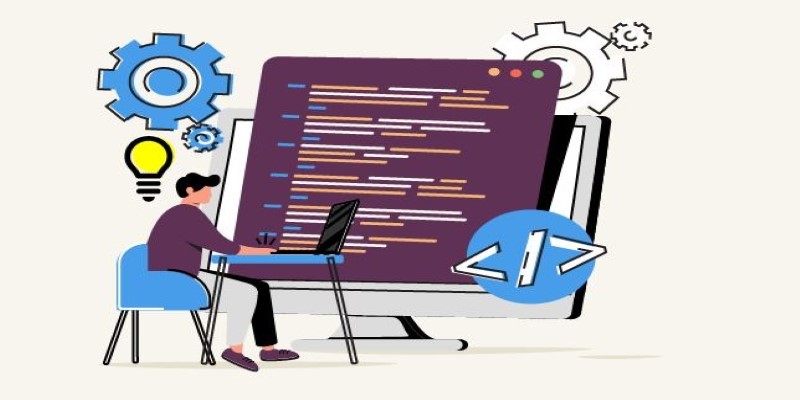Advertisement
The world of AI is moving fast, and keeping models both powerful and easy to use is a growing challenge. In this space, Hugging Face has become the go-to place for sharing and using machine learning models. With its Model Hub serving millions of users and organizations, it’s built a name around simplicity, openness, and accessibility.
Now, Hugging Face has teamed up with FriendliAI, a company known for making AI deployment smoother and faster, especially at scale. This partnership aims to make deploying models on the Hub even more effortless and efficient — for developers, researchers, and companies alike.
At its core, this collaboration focuses on one of the biggest pain points in AI today: deploying large models without needing a deep infrastructure background. Hugging Face offers a massive catalog of open-source models, but getting those models into real-world applications can still be a technical hurdle. That’s where FriendliAI comes in.
FriendliAI offers its platform called PeriFlow. It’s designed to streamline model serving, especially for performance-intensive applications. PeriFlow supports various optimization techniques, such as quantization and compilation, to reduce costs and increase speed without compromising model accuracy. By integrating with Hugging Face, FriendliAI helps users push models live in just a few clicks or lines of code, all from the same interface they’re already familiar with.
This implies that even beginners with little DevOps or MLOps expertise can now pull a model down from the Hugging Face Hub and deploy it without being burdened by setup, configuration, or server administration.
To understand why this partnership matters, it helps to look under the hood. PeriFlow isn’t just a faster way to run models; it’s an end-to-end system built to make deployment predictable and manageable. It handles everything from converting models into more efficient formats to spinning up autoscaling infrastructure that keeps response times low under heavy load.

One of the key features of PeriFlow is support for inference optimization. This includes converting models into TorchScript, TensorRT, or ONNX formats where appropriate and making use of model quantization to shrink the model size while preserving output quality. These kinds of optimizations used to require specialized knowledge, but PeriFlow automates much of it.
The integration with Hugging Face means that any model hosted on the Hub — whether it’s a language model, vision model, or anything else — can be deployed through PeriFlow with minimal effort. There’s no need to export models, rewrite code, or manually set up container environments. FriendliAI handles the deployment environment, GPU scaling, and even observability features like monitoring and logging.
In short, this partnership brings Hugging Face’s model accessibility together with FriendliAI’s deployment power.
For solo developers or small teams, this partnership reduces time spent on infrastructure work. If you're building an app that uses a language model from the Hub, you can now deploy that model directly to a live endpoint with just a few commands — all from the comfort of the Hugging Face interface. This speeds up prototyping and makes it easier to iterate.
Startups that don’t have dedicated machine learning infrastructure can now serve production-level models without hiring specialists to set up and manage GPU instances. This levels the playing field, allowing smaller players to bring AI-powered features into their products without a massive upfront investment.
For larger teams or enterprise users, FriendliAI offers more control and scaling options. The platform can integrate with private clouds, provide usage analytics, and enforce version control and deployment policies. These features are crucial when multiple teams work on different models and require consistent deployment behavior across environments.
And all of this happens without the need to migrate away from the Hugging Face ecosystem. You still benefit from community contributions, updated models, documentation, and the familiar interface, but now with smoother deployment options built right in.
AI is heading toward a future where models aren’t just open but easy to use at scale. Hugging Face has already changed how people find and use models, and with FriendliAI, it’s extending that ease into real-world usage.

The current model development pipeline — from training to deployment — often requires hopping across tools, dealing with multiple formats, and handling infrastructure. This partnership simplifies all of that. It shortens the distance between research and production, which helps move ideas into real applications faster.
It also opens up more room for experimentation. Developers can test new models without worrying about setting up back-end services or worrying about cost overruns. Since PeriFlow is designed to be efficient, it helps keep cloud bills manageable — an ongoing concern for many working with large language or vision models.
This move reflects a larger trend in AI: the shift from just building smarter models to making them easier to apply and integrate into real-world systems. Hugging Face and FriendliAI are collaborating to drive this shift by reducing the friction between innovation and practical application across diverse industries and use cases.
The collaboration between Hugging Face and FriendliAI marks a meaningful shift in how machine learning models move from development to real-world use. It combines Hugging Face’s massive library and community reach with FriendliAI’s efficient deployment tools, making model hosting and serving simpler for everyone—from solo coders to enterprise teams. This approach trims down setup time and technical hurdles, allowing more focus on building and improving applications. By keeping everything within a familiar platform, it supports faster iteration and smoother integration. In a field that often demands technical depth, this partnership helps clear the way for practical use without cutting corners on performance or reliability.
Advertisement

Is premium AR worth the price? Discover how Xreal Air 2 Ultra offers a solid and budget-friendly AR experience without the Apple Vision Pro’s cost

What makes BigCodeBench stand out from HumanEval? Explore how this new coding benchmark challenges models with complex, real-world tasks and modern evaluation

How Phi-2 is changing the landscape of language models with compact brilliance, offering high performance without large-scale infrastructure or excessive parameter counts

Explore the real pros and cons of using ChatGPT for creative writing. Learn how this AI writing assistant helps generate ideas, draft content, and more—while also understanding its creative limits

How CPU Optimized Embeddings with Hugging Face Optimum Intel and fastRAG can run fast, low-cost RAG pipelines without GPUs. Build smarter AI systems using Intel Xeon CPUs

Google debuts new tools and an agent protocol to simplify the creation and management of AI-powered agents.

Hugging Face enters the world of open-source robotics by acquiring Pollen Robotics. This move brings AI-powered physical machines like Reachy into its developer-driven platform

Discover OpenAI's key features, benefits, applications, and use cases for businesses to boost productivity and innovation.

How to apply the COUNT function in SQL with 10 clear and practical examples. This guide covers conditional counts, grouping, joins, and more to help you get the most out of SQL queries

Looking for the best AI image enhancers in 2025? Discover 10 top tools that improve image quality, sharpen details, and boost resolution with a single click

IBM AI agents boost efficiency and customer service by automating tasks and delivering fast, accurate support.

Samsung launches world’s smartest AI phone with the new Galaxy S24 series, bringing real-time translation, smart photography, and on-device AI that adapts to your daily routine